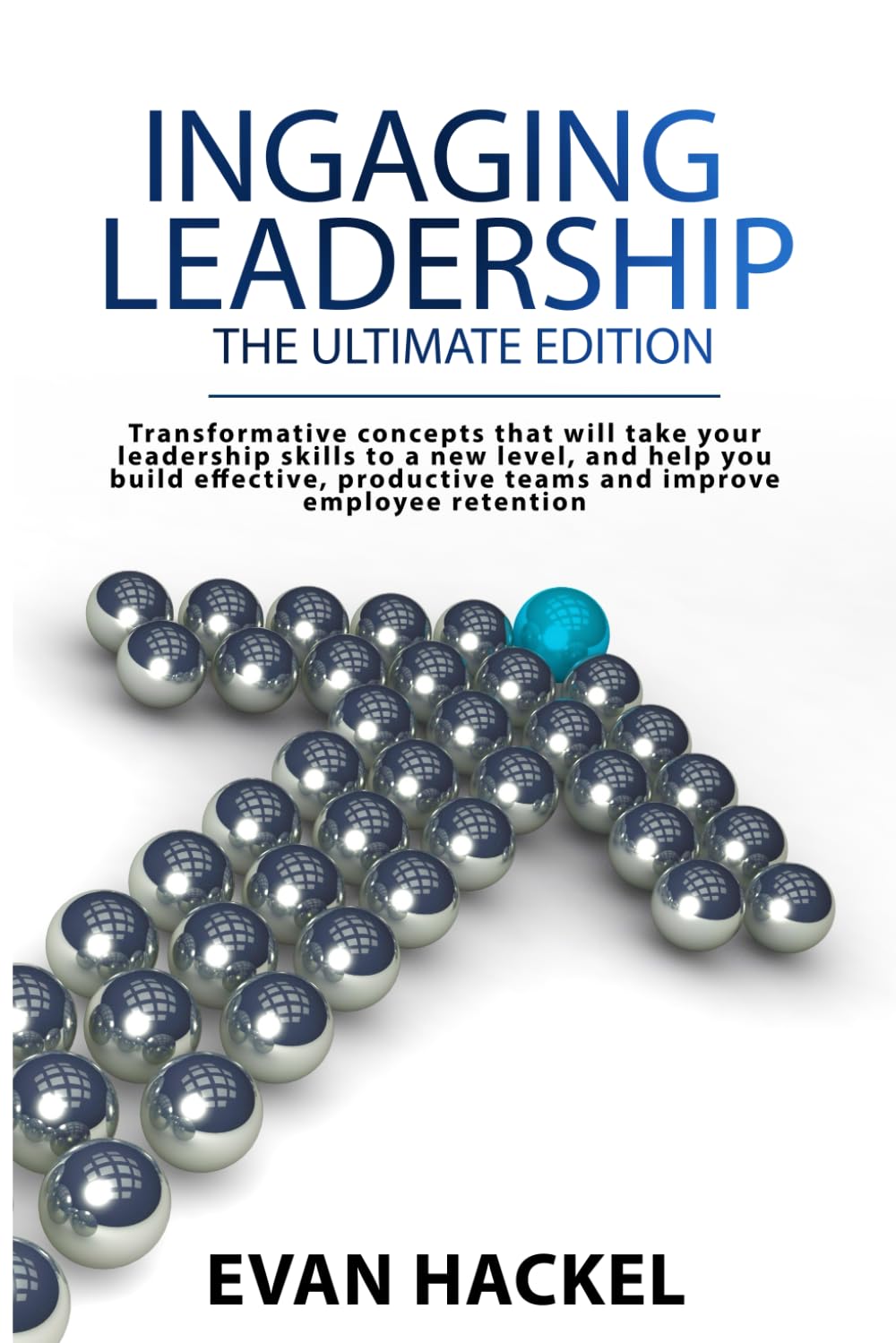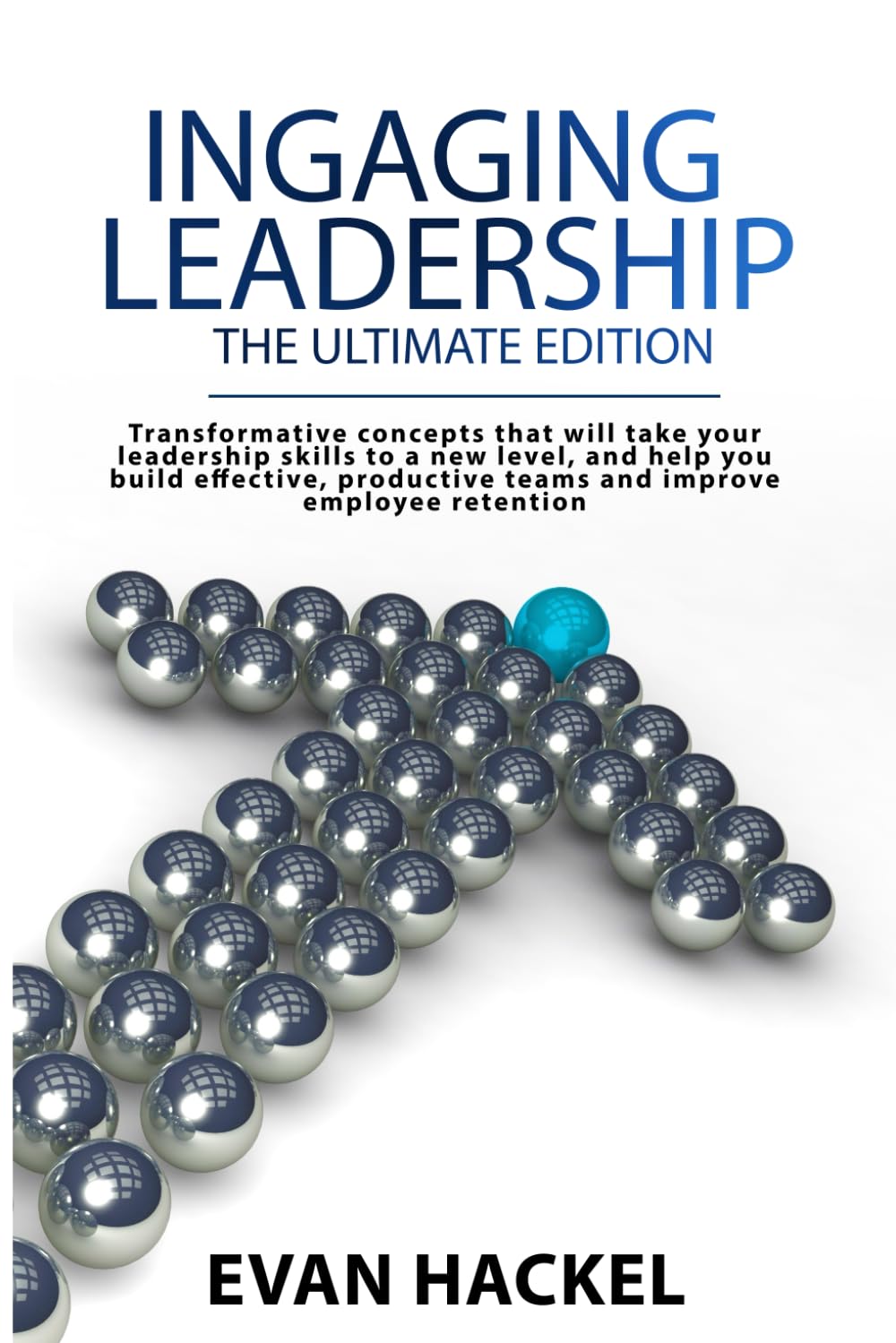Ever wondered what keeps top CEOs awake at night? It’s not the competition or the market volatility. It’s the burning desire to break through the glass ceiling of their business growth. Welcome to the world of high-growth consulting—where explosive business transformation isn’t just a promise; it’s a guarantee.
In an era when stagnation is the death knell for any business, high-growth consulting services have emerged as the secret weapon for ambitious CEOs. But this isn’t your run-of-the-mill advice. We’re talking about a radical, controversial approach that shatters norms and propels companies into unprecedented success.
High-growth consulting is the game-changer you’ve been waiting for. It’s bold, audacious, and exactly what you need if you’re tired of playing small. Forget the myths and misconceptions—this isn’t about slow, incremental improvements. It’s about rapid, explosive growth that leaves your competitors in the dust.
In this article, we’re diving deep into high-growth consulting services for CEOs. We’ll bust the myths, share jaw-dropping success stories, and even wade into the controversial waters of this high-stakes world. By the end, you’ll understand why CEOs swear by these consulting services and have actionable steps to start your journey toward extraordinary growth.
Buckle up because we’re about to take you on a wild ride through the transformative power of high-growth consulting. Ready to revolutionize your business? Let’s get started.
The Myth of High Growth Consulting
High-growth consulting isn’t some magical fix. “Growth and comfort do not coexist.” – Ginni Rometty. Many believe it’s reserved for the Fortune 500 or only delivers marginal improvements. The reality? High-growth consulting, especially when rooted in frameworks like RAMS by Baz, is accessible and transformative for businesses of all sizes. It’s not about following a preset path but crafting a unique strategy that aligns with your vision and objectives.
Real-Life Success Stories
Andreana Vassallo, CEO of Vassallo Ventures, came to Baz with a thriving business but felt stuck in a growth plateau. Despite her success, she couldn’t break through to the next level. After a session with Baz, Andreana felt empowered and inspired. Baz’s unique approach, combining strategic insight with a deep understanding of personal development, helped her unlock new potential. She implemented Baz’s tailored advice and saw tremendous business growth, taking her venture to unprecedented heights. Andreana’s story is a testament to how high-growth consulting can rejuvenate even the most successful enterprises.
Samantha Chappel, Executive Coach, was battling depression and struggling to find her authentic voice in the competitive world of executive coaching. Enter Baz Porter. With his support, Samantha discovered the strength and clarity she needed to overcome her challenges and transform her professional life. Baz’s coaching helped her rediscover her passion and led to a staggering 300% increase in her business sales. Samantha’s journey illustrates Baz’s coaching’s profound impact on personal and business growth.
Rachel Grasso, CEO of Grasso Family Enterprises, sought Baz’s help during a difficult period when her family business was under strain, and her daughter needed pivotal healing. Baz’s coaching provided essential support that restored Rachel’s faith and positively affected her family dynamics. His holistic approach, blending business strategy with personal well-being, radically transformed Rachel’s life and business. Rachel’s experience highlights the comprehensive nature of Baz’s high-growth consulting services.
Scott Tennant, CEO of Senergy Medical Group, sought straightforward guidance to navigate the complexities of running a medical group. Baz’s calm, sincere style made it easy for Scott to open up about his challenges. Through Baz’s clear and actionable advice, Scott was able to streamline operations and enhance the group’s performance. Baz’s genuine care and partnership approach ensured that Scott felt supported every step of the way. Scott’s success story showcases the effectiveness of Baz’s tailored consulting in driving business excellence.
These stories exemplify the transformative power of high-growth consulting services. They show how personalized, strategic guidance can help CEOs overcome obstacles, maximize their potential, and achieve explosive growth.
The Controversial Side of High Growth Consulting Services for CEOs
High-growth consulting isn’t all sunshine and rainbows. It’s a bold, often polarizing approach that shakes up the status quo. Here’s the raw, unfiltered truth about why it’s so controversial—and why that’s precisely what makes it so effective.
Unconventional Methods: High-growth consulting employs methods that can be downright shocking. We’re talking about pushing CEOs out of their comfort zones, challenging deeply held beliefs, and implementing radical changes that can make traditionalists squirm. This isn’t about gentle nudges; it’s about seismic shifts. “The only way to achieve the impossible is to believe it is possible.” – Charles Kingsleigh. It’s the tough love that many leaders need, but few are ready to accept.
High Stakes, High Rewards: The stakes in high-growth consulting are enormous. The margin for error is slim when you’re aiming for explosive growth. The strategies employed are high-risk and high-reward. This can be unsettling for CEOs who are used to playing it safe. It’s about betting on transformative change, knowing that the payoff could be monumental—but the journey there is fraught with challenges.
Breaking the Mold: High growth consulting dares to break the mold of conventional business wisdom. It’s not about following industry norms; it’s about rewriting them. This rebellious spirit is often met with resistance from those who cling to the old ways of doing things. But as the saying goes, “Well-behaved businesses rarely make history.” This approach is for the trailblazers and rule-breakers who aren’t afraid to ruffle feathers to achieve greatness.
Emotional Intensity: Let’s not sugarcoat it: high growth consulting can be emotionally intense. It involves deep, sometimes painful self-reflection and the willingness to confront uncomfortable truths. CEOs must be prepared to dismantle their ego, face their flaws, and rebuild themselves as stronger, more effective leaders. This emotional rollercoaster is not for the faint of heart but a necessary part of the transformative process. “Success is not final, failure is not fatal: It is the courage to continue that counts.” – Winston Churchill
Challenging the Status Quo: One of the most controversial aspects of high-growth consulting is its unapologetic challenge to the status quo. It questions everything—from business models to leadership styles—and demands a willingness to discard what no longer serves the company. This can lead to friction within the organization as entrenched practices and mindsets are uprooted. But for those who embrace the challenge, the rewards are unparalleled.
The Baz Factor: And then there’s the Baz factor. Baz Porter doesn’t do polite hand-holding; he does bold, in-your-face coaching that cuts through the bullshit. His approach is as provocative as it is effective, pushing CEOs to their limits and beyond. Some may find his style abrasive, but those who can handle the heat often come out the other side transformed and turbocharged for success.
In conclusion, high-growth consulting is not for everyone. It’s controversial because it works. It demands courage, resilience, and an unyielding commitment to growth. The results can be spectacular for CEOs ready to embrace this high-octane journey. So, are you ready to challenge everything you know and take your business to the next level?
Are You Ready for the Adventure Call?
Now, it’s your turn. If you’re a CEO or executive tired of playing small and ready to ignite explosive growth in your business, it’s time to take action. The Adventure Call is your invitation to embark on a transformative journey with the best in the business.
Click the link below to schedule your consultation and discover how high-growth consulting can revolutionize your business:
Start Your Adventure Now
Don’t settle for mediocrity. Embrace the bold, the controversial, and the extraordinary. Let’s make history together.








-66856267f0521-1200x675.jpg)

